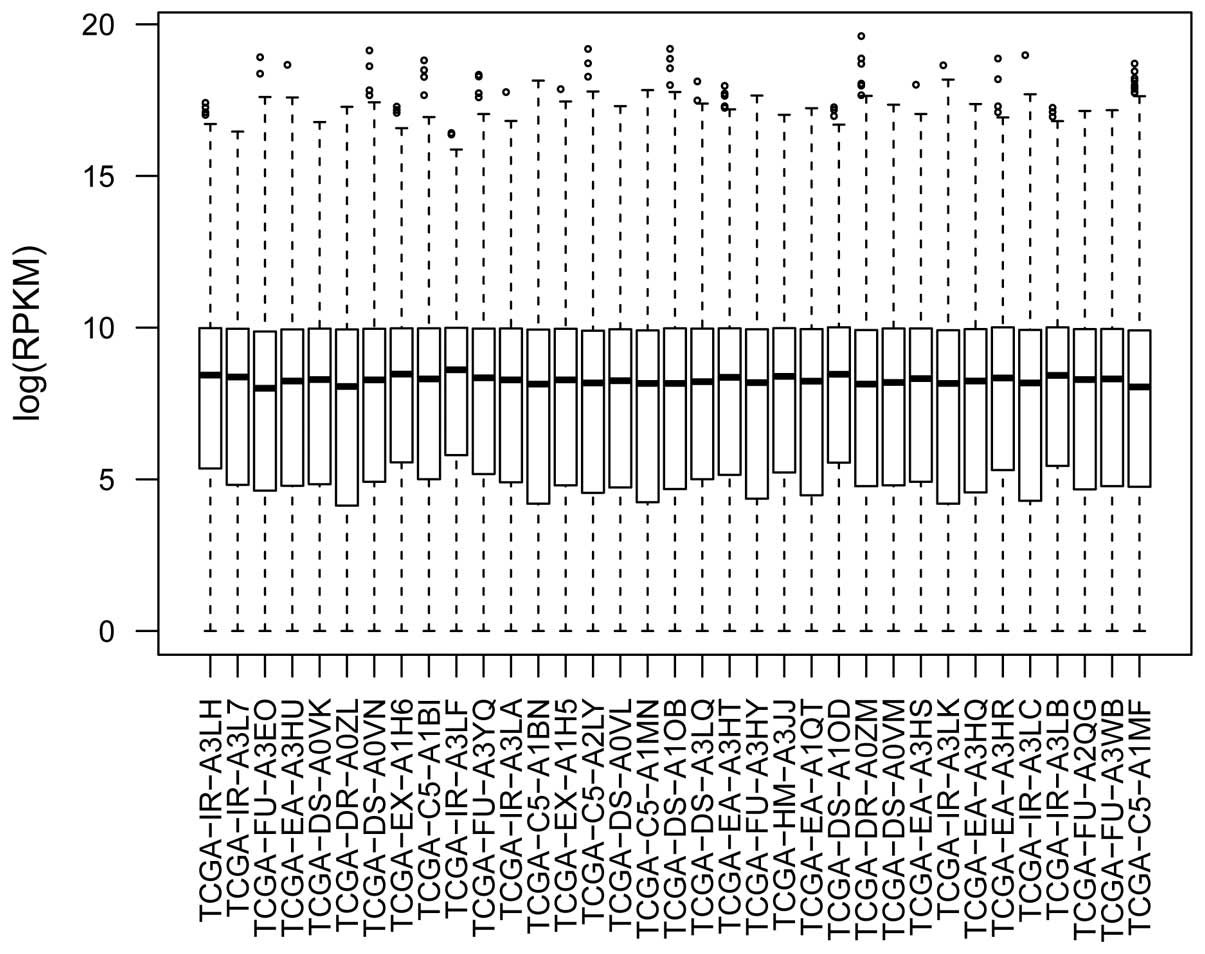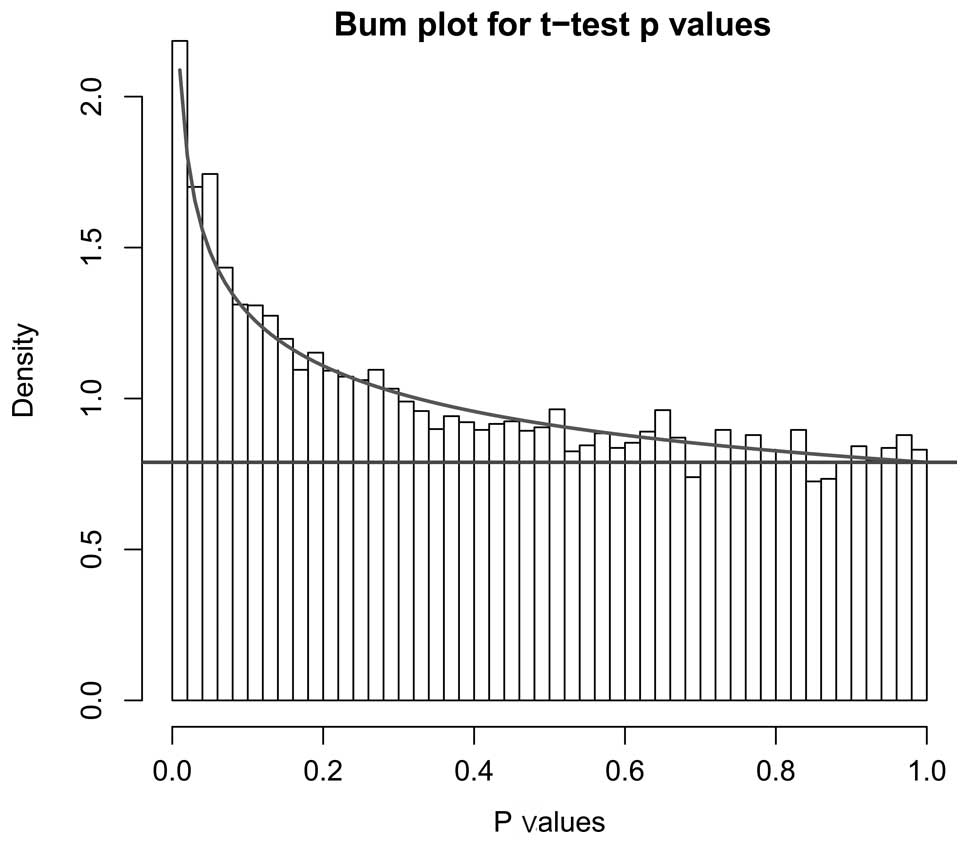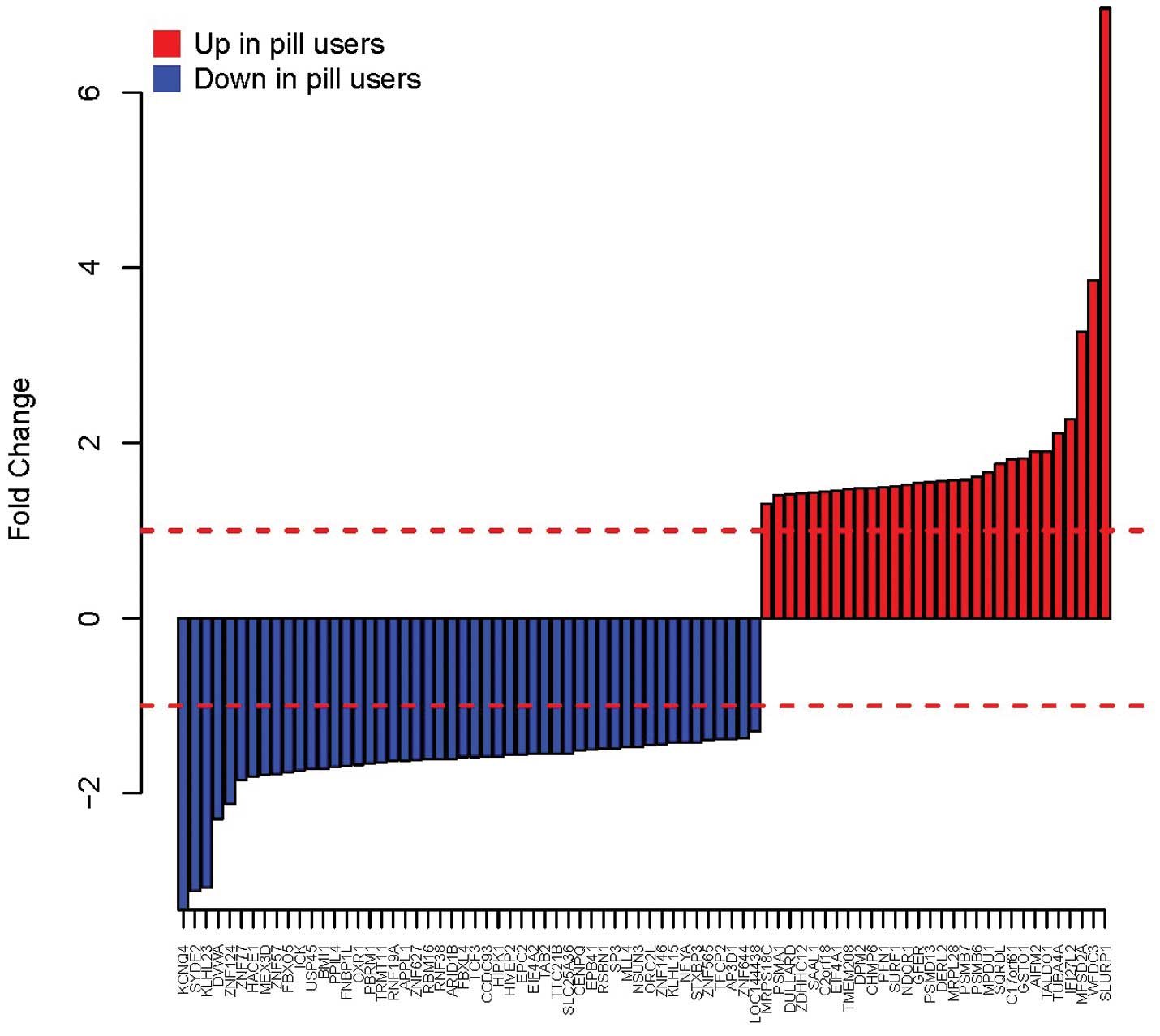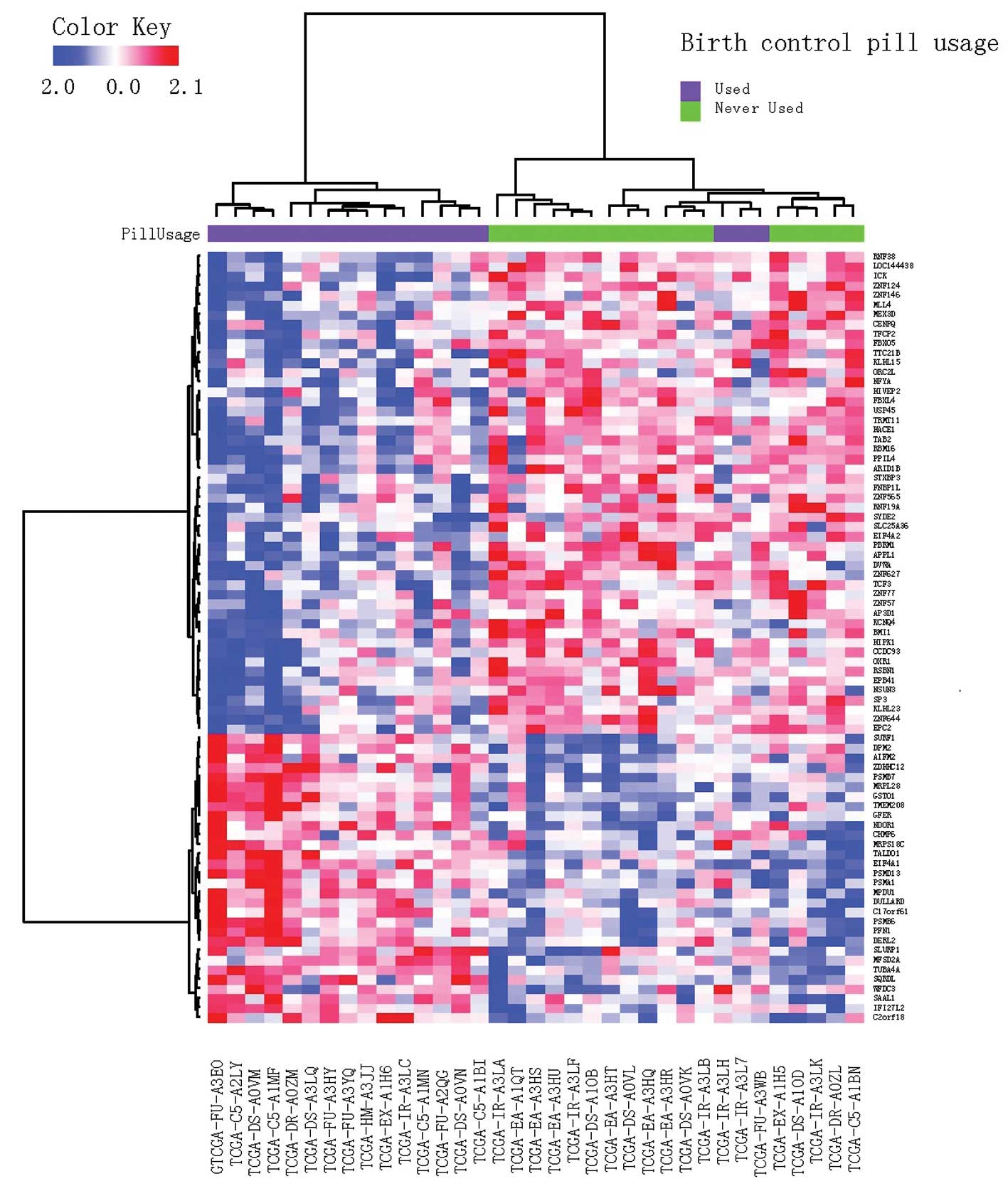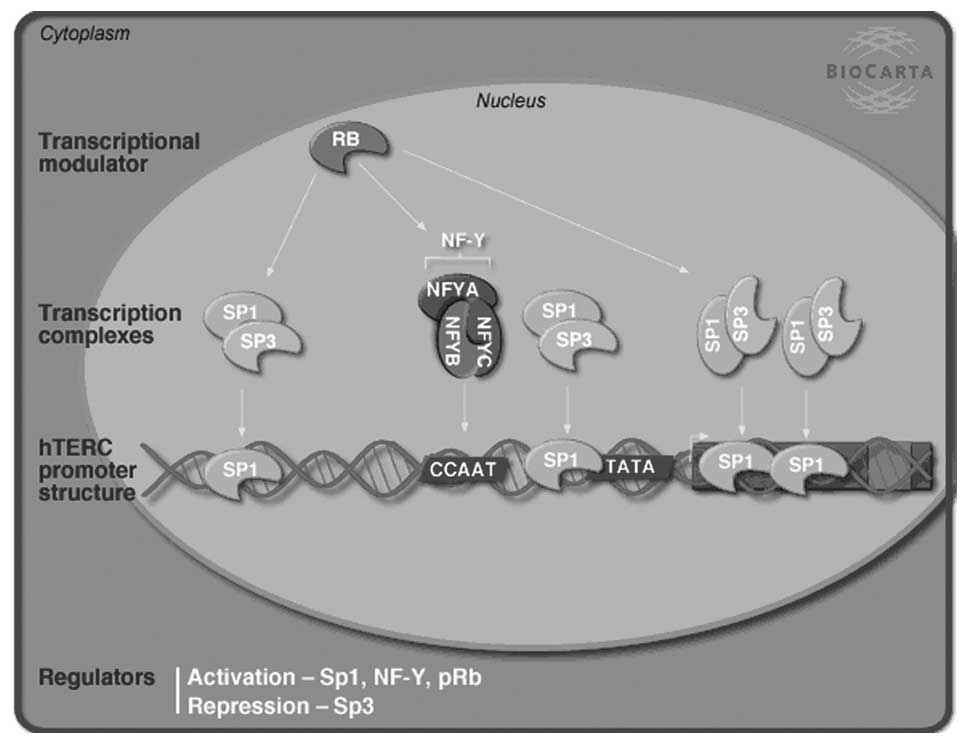|
1
|
Brake T and Lambert PF: Estrogen
contributes to the onset, persistence, and malignant progression of
cervical cancer in a human papillomavirus-transgenic mouse model.
Proc Natl Acad Sci USA. 102:2490–2495. 2005. View Article : Google Scholar
|
|
2
|
Kjellberg L, Hallmans G, Hren A, et al:
Smoking, diet, pregnancy and oral contraceptive use as risk factors
for cervical intra-epithelial neoplasia in relation to human
papillomavirus infection. Br J Cancer. 82:13322000.PubMed/NCBI
|
|
3
|
Ness RB, Grisso JA, Klapper J, et al: Risk
of ovarian cancer in relation to estrogen and progestin dose and
use characteristics of oral contraceptives. Am J Epidemiol.
152:233–241. 2000. View Article : Google Scholar : PubMed/NCBI
|
|
4
|
Smith JS, Green J, De Gonzalez AB, et al:
Cervical cancer and use of hormonal contraceptives: a systematic
review. The Lancet. 361:1159–1167. 2003. View Article : Google Scholar : PubMed/NCBI
|
|
5
|
Sasieni P: Cervical cancer and hormonal
contraceptives: Collaborative reanalysis of individual data for 16
573 women with cervical cancer and 35 509 women without cervical
cancer from 24 epidemiological studies. Commentary Lancet.
370:2007.
|
|
6
|
Moodley M, Moodley J, Chetty R and
Herrington C: The role of steroid contraceptive hormones in the
pathogenesis of invasive cervical cancer: a review. Int J Gynecol
Cancer. 13:103–110. 2003. View Article : Google Scholar : PubMed/NCBI
|
|
7
|
Rivera R, Yacobson I and Grimes D: The
mechanism of action of hormonal contraceptives and intrauterine
contraceptive devices. Am J Obstet Gynecol. 181:1263–1269. 1999.
View Article : Google Scholar : PubMed/NCBI
|
|
8
|
Guven S, Kart C, Guvendag Guven ES and
Serdar Gunalp G: The underlying cause of cervical cancer in oral
contraceptive users may be related to cervical mucus changes. Med
Hypotheses. 69:550–552. 2007. View Article : Google Scholar
|
|
9
|
The R Development Core Team. R: A language
and environment for statistical computing. http://www.R-project.org.
Accessed March 26, 2013
|
|
10
|
Pounds S and Morris SW: Estimating the
occurrence of false positives and false negatives in microarray
studies by approximating and partitioning the empirical
distribution of p-values. Bioinformatics. 19:1236–1242. 2003.
View Article : Google Scholar
|
|
11
|
Da Wei Huang BTS and Lempicki RA:
Systematic and integrative analysis of large gene lists using DAVID
bioinformatics resources. Nat Protoc. 4:44–57. 2008.PubMed/NCBI
|
|
12
|
Benjamini Y and Hochberg Y: Controlling
the false discovery rate: a practical and powerful approach to
multiple testing. J R Stat Soc Series B Stat Methodol. 289–300.
1995.
|
|
13
|
Godsland IF, Crook D, Simpson R, et al:
The effects of different formulations of oral contraceptive agents
on lipid and carbohydrate metabolism. N Engl J Med. 323:1375–1381.
1990. View Article : Google Scholar
|
|
14
|
Krauss RM and Burkman R Jr: The metabolic
impact of oral contraceptives. Am J Obstet Gynecol. 167:11771992.
View Article : Google Scholar : PubMed/NCBI
|
|
15
|
Petrenko A, Pavlova L, Karseladze A,
Kisseljov F and Kisseljova N: Downregulation of genes encoding for
subunits of adaptor complex-3 in cervical carcinomas. Biochemistry
(Moscow). 71:1153–1160. 2006. View Article : Google Scholar : PubMed/NCBI
|
|
16
|
Odorizzi G, Cowles CR and Emr SD: The AP-3
complex: a coat of many colours. Trends Cell Biol. 8:282–288. 1998.
View Article : Google Scholar : PubMed/NCBI
|
|
17
|
Honig A, Weidler C, Häusler S, et al:
Overexpression of polycomb protein BMI-1 in human specimens of
breast, ovarian, endometrial and cervical cancer. Anticancer Res.
30:1559–1564. 2010.PubMed/NCBI
|
|
18
|
Gavrilescu MM, Todosi AM, Anitei MG, Filip
B and Scripcariu V: Expression of bmi-1 protein in cervical, breast
and ovarian cancer. Rev Med Chir Soc Med Nat Iasi. 116:1112–1117.
2012.PubMed/NCBI
|
|
19
|
Guilleret I, Yan P, Guillou L,
Braunschweig R, Coindre J-M and Benhattar J: The human telomerase
RNA gene (hTERC) is regulated during carcinogenesis but is not
dependent on DNA methylation. Carcinogenesis. 23:2025–2030. 2002.
View Article : Google Scholar : PubMed/NCBI
|
|
20
|
Cairney C and Keith W: Telomerase
redefined: integrated regulation of hTR and hTERT for telomere
maintenance and telomerase activity. Biochimie. 90:13–23. 2008.
View Article : Google Scholar : PubMed/NCBI
|
|
21
|
Guo Q, Sui L and Feng Y: Cervical cancer
screening: hTERC gene amplification detection by FISH in comparison
with conventional methods. Open Journal of Obstetrics and
Gynecology. 2:11–17. 2012. View Article : Google Scholar
|
|
22
|
Zhao JQ, Glasspool RM, Hoare SF, et al:
Activation of telomerase rna gene promoter activity by NF-Y, Sp1,
and the retinoblastoma protein and repression by Sp3. Neoplasia.
2:531–539. 2000. View Article : Google Scholar : PubMed/NCBI
|
|
23
|
Pettersson A, Nordlander S, Nylund G, et
al: Expression of the endogenous, nicotinic acetylcholine receptor
ligand, SLURP-1, in human colon cancer. Auton Autacoid Pharmacol.
28:109–116. 2008. View Article : Google Scholar : PubMed/NCBI
|
|
24
|
Kalantari-Dehaghi M, Bernard HU and Grando
SA: Reciprocal effects of NNK and SLURP-1 on oncogene expression in
target epithelial cells. Life Sci. 91:1122–1125. 2012. View Article : Google Scholar : PubMed/NCBI
|
|
25
|
Iorns E, Ward TM, Dean S, et al: Whole
genome in vivo RNAi screening identifies the leukemia inhibitory
factor receptor as a novel breast tumor suppressor. Breast Cancer
Res Treat. 135:79–91. 2012. View Article : Google Scholar : PubMed/NCBI
|
|
26
|
Hill VK, Ricketts C, Bieche I, et al:
Genome-wide DNA methylation profiling of CpG islands in breast
cancer identifies novel genes associated with tumorigenicity.
Cancer Res. 71:2988–2999. 2011. View Article : Google Scholar
|



